
- •Soil temperature regime
- •In spring and autumn the temperature distribution in the soil becomes more complicated.
- •Vegetative and snow cover impact on soil temperature distribution
- •In tropics the temperature of the nude soil can grow up to 82°C,
- •Spring
- •Interaction with forest
- •Thermal regime of seas and lakes
- •Quasi-homogeneous layer in the water
- •Temporal air temperature variation over water surfaces
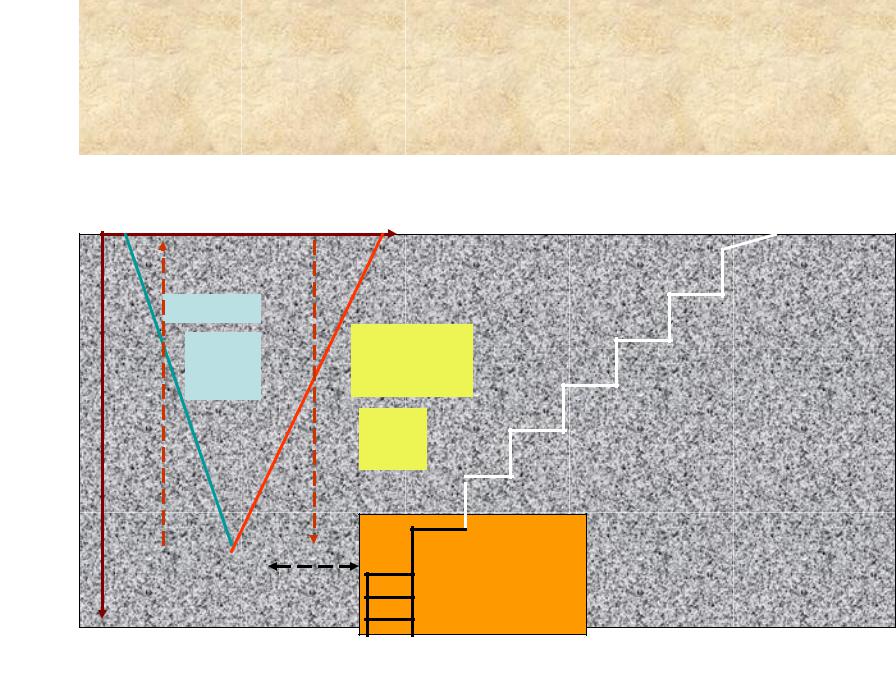
Soil temperature regime
Vertical distribution of the soil temperature
|
|
T |
||
Winter |
Summer |
|||
Т |
0 |
|||
(daytime) |
||||
|
|
|||
|
|
T |
0 |
|
|
|
|
|
|
T=const |
|
Cellar |
||
ς |
|
|
||
|
|
1 |
||
|
|
|
||
In spring and autumn the temperature distribution in the soil becomes more complicated. It depends on a number of reasons.
1.Snow cover makes the surface of the soil warmer compared with nude soil.
2.Cloudiness decreases the surface temperature at daytime and does not allow the temperature to grow down at nights.
3.Air mass properties may decrease the surface temperature or increase it.
4.Precipitation in form of rain decreases porosity and, by this way, increases heat conductivity.
2

Vegetative and snow cover impact on soil temperature distribution
Vegetative and snow covers absorb both solar and terrestrial radiation.
|
|
|
|
|
Summer |
|
|
|
|
I ' i |
|
|
I ' i |
|
I ' i |
|
|
T1 -The soil that’s |
|
|
|
T3 - The soil that’s |
||||
covered with grass |
T 2 - Nude soil |
|
covered with burned |
|||||
|
|
|
|
|
|
|
down grass |
|
Σ cm |
|
0 |
10 |
20 |
40 |
80 |
160 |
|
T1,2 |
T2 |
T1 |
3.8 |
3.7 |
3.6 |
3.3 |
2.5 |
0.8 |
T1,3 |
T3 |
T1 |
5.7 |
5.5 |
5 |
4.1 |
3.1 |
0.9 |
The highest temperature is observed in the soil that is covered with |
|
burned down grass(#3). The matter is that the albedo of the nude |
3 |
soil(#2) is larger than that of covered with burned down grass. |
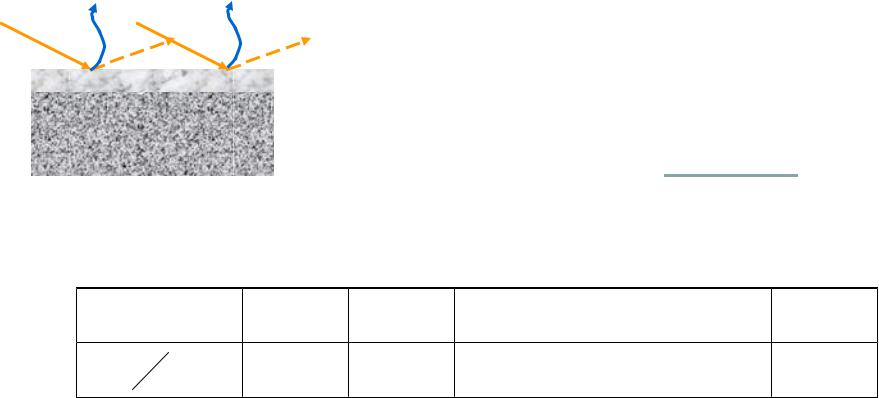
In tropics the temperature of the nude soil can grow up to 82°C, in Middle Asia up to 79°C, and here up to 60°C.
Winter
Snow reflects almost all incoming solar radiation.
Being close to absolutely black body, it emits long wavelength radiation very well. Thus, its radiation balance is
That is why the snow is quick to be cooled. However, the value of the snow conductivity is very small, and it grows up with its density increase.
snow g / cm3 |
0.05 |
0.1 |
0.2 |
0.3 |
0.4 |
0.5 |
||
s |
W |
m K |
0.06 |
0.09 |
0.13 |
0.25 |
0.46 |
0.67 |
|
|
|
|
|
|
|
|
|
Snow makes the soil warmer that it might be without the snow and, |
|
by this way protects the soil from deep freezing. |
4 |
|
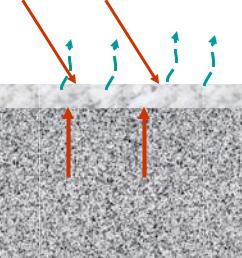
Spring
Situation is opposite to the winter. Snow makes a cooling impact on the soil.
The heat coming from below
and from above is spent for snow melting and appearing water evaporation.
The temperature of the nude surface becomes much higher at daytime and a bit higher at night.
|
|
Results |
TN .s 0 |
|
T |
0 |
T |
0 |
|
S.s |
|
N.s |
|
|
Snow covered |
Nude surface at day |
Nude surface at night |
||
surface |
|
|
5 |
|

Interaction with forest
Any forest is believed to have two active layers
1
 The first is within the
The first is within the
crowns of the trees
2
 The second is in the
The second is in the
soil
A thick forest with the trees up to about 30 meters allows for passing 2 – 7 % of the solar radiation. Deciduous forest allows more SR to pass than the coniferous one. Temperature distribution with height with the forest is very complicated and depends on many factors.
6
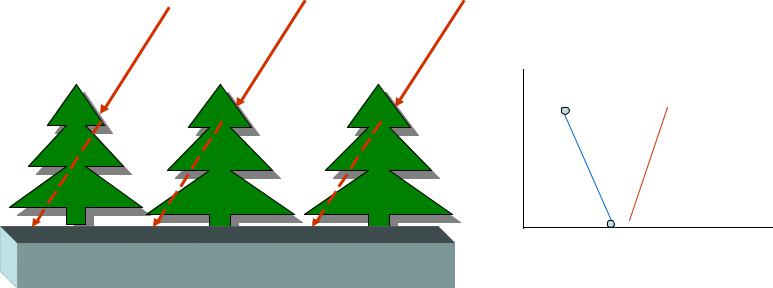
 Z
Z
93%
7%
 T
T
Within the thick forest, in majority of cases, one can observe inversions. The reason: The crowns of the trees absorb, as minimum, 93% of incoming energy. It makes the temperature of the crowns and surrounding air to grow up at daytime. The lowest part receives only 7% of the incoming heat. Therefore its temperature, although grows, but not as large as at the height of the crowns.
In the thin forest, the temperature decreases with height. The lapse |
|
rate, at sunny summer day, can reach the value that exceeds |
|
adiabatic lapse rate. |
7 |
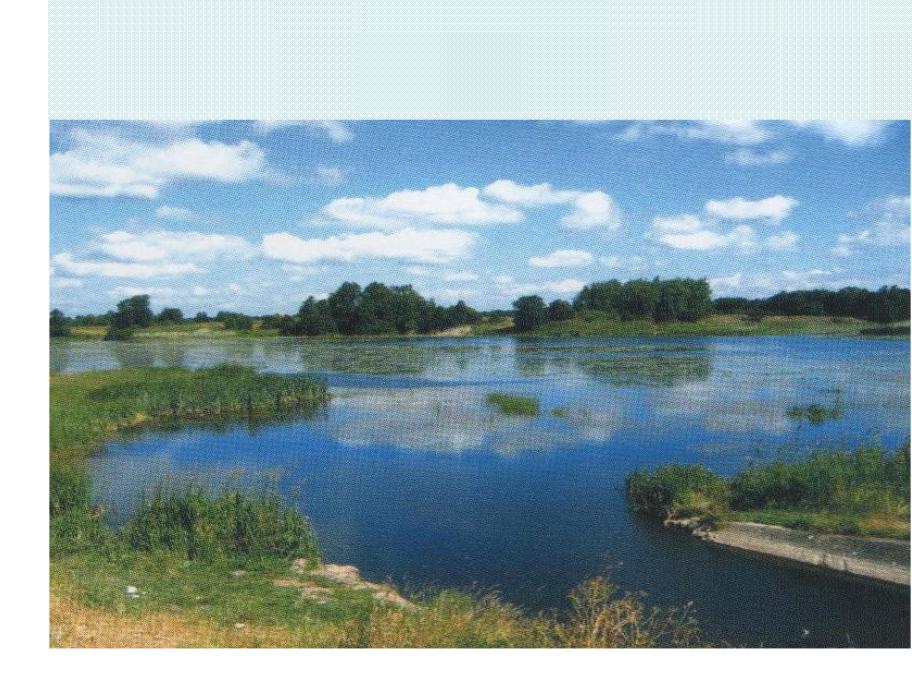
Thermal regime of seas and lakes
Thermal regime of water surfaces is quite different of that of land.
Reasons
1.Higher heat conductivity of water, especially in upper 50
– 150 meters, where eddy exchange is significant.
2.The water heat capacity is about double of the soil.
3.Solar radiation can be allowed to pass as deep as 100 meters into depth of the water.
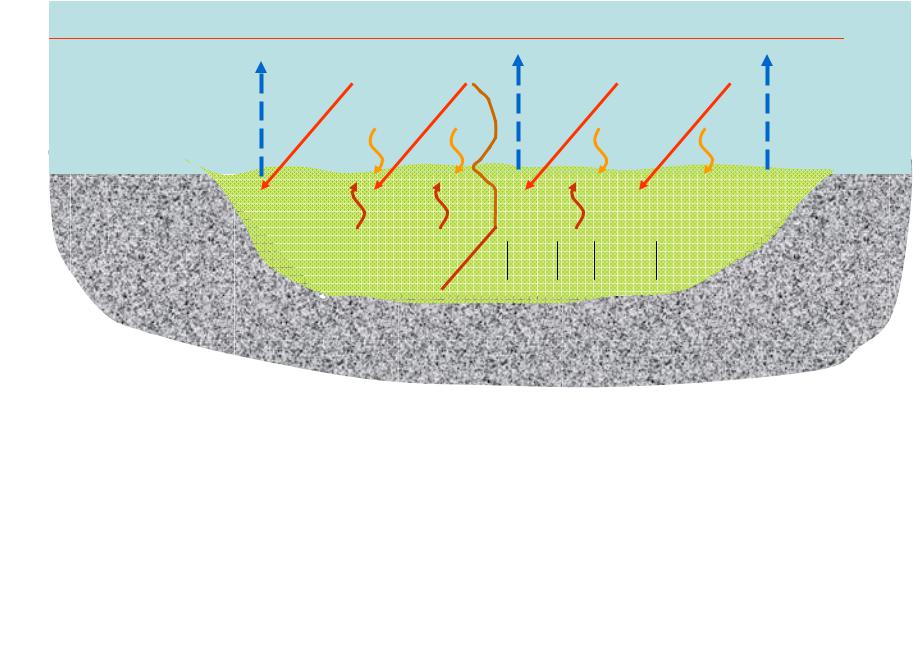
 T
T
Qev 0 |
Q 0 |
Q 0 |
Qev 0 |
|
rad |
rad |
|
QEddy 0
 QEddy 0
QEddy 0
Qev Qrad
The air temperature increases with height in a very thin layer of the air (a few cm). The water temperature also increases with depth also within a very thin layer and then becomes almost constant (a few tens of meters), and then decreases. However, after a while the heat drain due to evaporation becomes to be
compensated by eddy fluxes from above and below.
9

Quasi-homogeneous layer in the water
The layer of water, where temperature does not change its value
with depth is called Quasi-homogeneous layer (QHL).
In summer (June – October), the QHL depth is about 50 meters.
This time, the water surface temperature is rather high, and decreases with depth (below QHL). It means that the water density increases with depth. Thus the eddy mixing is limited.
It acts under influence of wind only (mechanical mixing).
In winter, the QHL depth increases up to 100 – 150 meters. At this time of the year, the mixing is caused by both wind influence and water convection since the temperature increases with depth and correspondingly the water density decreases with depth.
10
